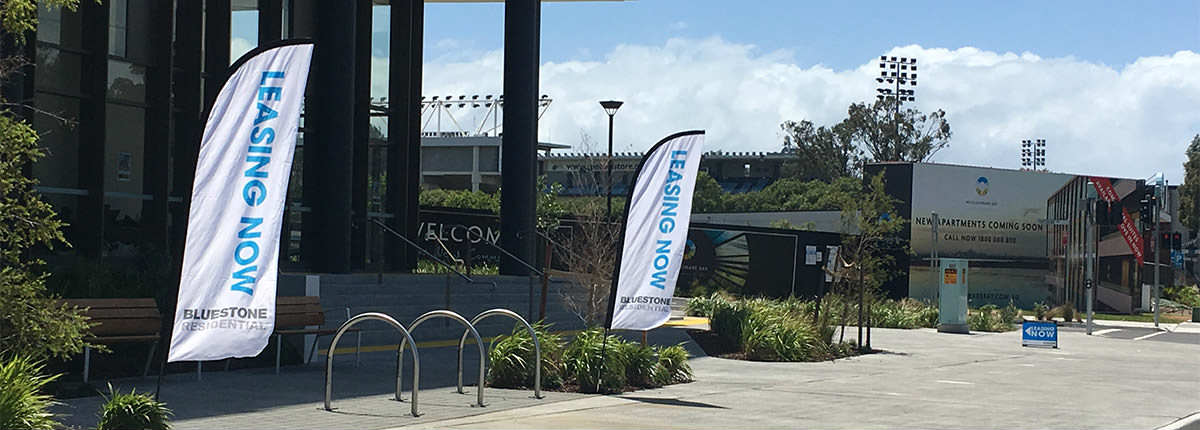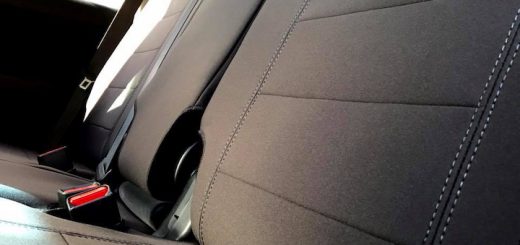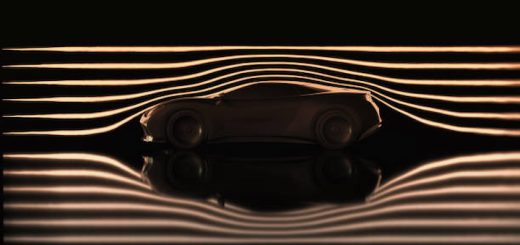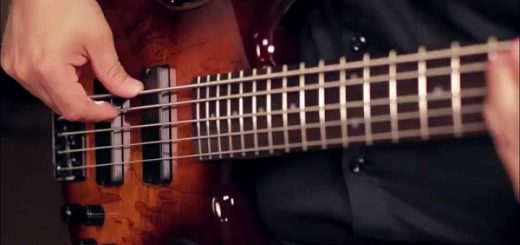Aerodynamic Car Parts: A Valuable Upgrade to Boost Your Car’s Speed
From free-flowing induction and exhaust components, to ultra-lightweight aluminium and magnesium wheels, aftermarket performance parts and upgrades are big business in Australia. Aussies love fast cars; and while there’s no shortage of restrictions on the books designed to keep highway speeds to a minimum, there’s still an enviable array of racetracks throughout the country that are available to let owners push their cars to the limit.
Going fast, however, isn’t as much about making more power as it is about overcoming high speed air resistance. It’s the responsibility of aftermarket auto-body panels and parts to counter speed-sapping resistance; and fortunately, the Australian aftermarket knows precisely what it takes to get the biggest benefit from these aerodynamic parts.
Aerodynamic Car Parts That Emphasise Safety and Performance
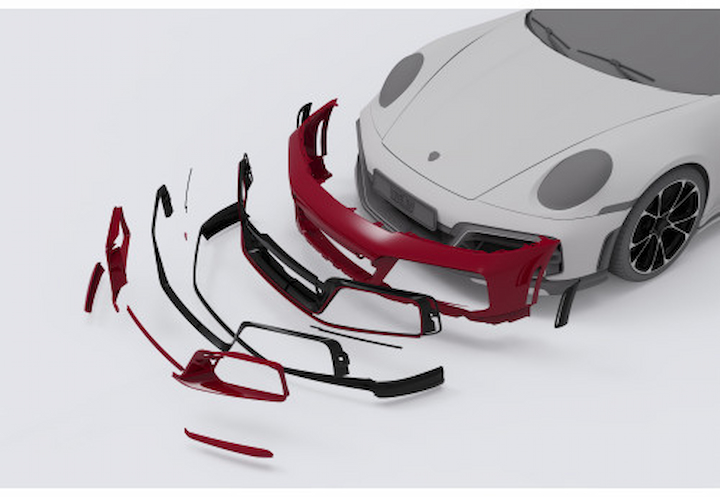
Whether it’s individual spoilers and fairings or complete body kits, when it comes to upgraded aftermarket aerodynamics, premium bodyworks manufacturers and auto-body car parts store professionals are the experts on tapping their performance potential. Auto enthusiasts know the advantages that aerodynamic tuning brings. Air resistance is their most pressing power-robber, and the aftermarket has risen to the occasion to ensure that sportscar owners understand the principles of aerodynamics and that their ground-hugging expectations are being met.
ADRO, Zero Offset, and Flow Designs are just a few of Australia’s most trusted names for high-performance auto parts and cutting edge aerodynamics. Their extensive use of wind tunnel boundary layer and flow visualisation testing makes them standouts among aftermarket auto parts manufacturers. It reinforces their commitment to a full range of aerodynamic advantages that include:
- Improved handling. Tunnel-tested aerodynamic parts for cars are designed to reduce air resistance by increasing traction and by restricting the dynamic air pressure that can reduce high speed handling and stability.
- Better ride quality. Together with improvements in handling and stability, aerodynamically-engineered car parts are able to eliminate ride quality robbing attributes like lift and roll moment that can make steering and braking less comfortable, and noticeably less predictable.
- Greater efficiency. While high-performance automobiles are better known for their output than their efficiency, aerodynamic high-performance car parts can improve fuel consumption as well as reduce engine and drivetrain wear, all without sacrificing output.
Make no mistake: there’s a proportional relationship between speed and aerodynamics. As a car’s speed doubles, the drag caused by air resistance effectively quadruples. That means the faster a car goes, the more crucial the use of aerodynamic aftermarket car parts becomes. That’s also why today’s premium quality aerodynamic car performance parts emphasise safety just as much as they do speed.
Designing Parts Combinations Upgrades for Maximum Compatibility
Perhaps the most compelling aspect of aftermarket aerodynamic part design is that, unlike with a complete automotive redesign, aftermarket components follow an altogether different engineering path. Their job is to reduce the drag on an existing form – an arguably more technical task than starting with a fresh design slate.
That’s why it takes more than a single aftermarket component upgrade to achieve genuine, downforce-producing results. A comprehensive range of vehicle-specific front and rear aerodynamic auto performance parts is what’s needed to overcome the air resistance that occurs at high speed. This range consists of:
- Downforce producing front spoiler and bumper upgrades. These new and replacement auto parts are designed especially to create the leading edge low pressure downforce needed to defeat the air resistance that contributes directly to lift.
- Pressure reducing side skirt upgrades. Full body length exterior auto body parts are designed to prevent air from being drawn under a car’s sides and disturbing the low pressure that’s being created from the front.
- Traction generating rear spoiler and diffuser upgrades. At high speed, a properly dialled-in rear spoiler is an incomparable traction and stability generator, while a rear diffuser helps ensure that the air leaving the low pressure zone under the rear of a car isn’t disturbed by turbulence from the spoiler.
With critical wind tunnel testing capable of measuring the full wealth of dynamic and static pressures produced by aftermarket aerodynamic parts, enthusiasts can be confident about the performance that they’re able to create. And considering the relationship between speed and aerodynamics, depending on the compatibility of the upgrade parts, sportscar owners can even see performance and stability gains at speeds as low as 100km/h.
It’s also important to remember that the materials used to manufacture high-quality upgrade and spare parts for cars are just as important as their lift and downforce measurements. Weight and strength are integral to their ability to overcome drag and air resistance, which is why only the most versatile materials can be used to manufacture the most aerodynamically efficient parts.
Composites Make Air Resistant Parts Versatile Enough for Any Job
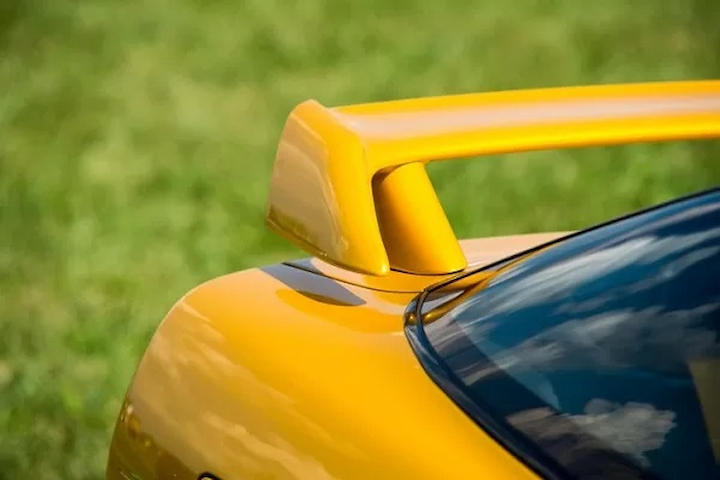
Let’s be honest: while it takes superior engineering to achieve truly air resistant performance, it ultimately takes the versatility of modern composite polymers to manufacture auto-body parts and panels car parts store and retailers have that are capable of delivering it. Composites offer the ideal combination of rigid strength and lightweight flexibility that high performance aerodynamic parts need, with the following blends seeing the widest use:
- Impact resistant Acrylonitrile Butadiene Styrene (ABS). Lightweight ABS is one of the most widely used composites in automobile manufacturing, and its strength and affordability make it the perfect choice for spoilers, side skirts, and vents.
- Pre-impregnated carbon fibre. Vacuum-formed, resin-reinforced carbon fibre is 20% – 30% lighter than other extrusion-formed composites, and offers the ideal combination of strength and stiffness for fender moulds, front lips and rear diffusers.
- Durable, low density polyethylene (PE). In spite of the similarities between PE and ABS, PE’s added flexibility and chemical resistance is perfect for leading edge components like front bumpers and splitters.
The ability to shape, form and mould ultra-versatile composites even makes them easy to style. That means these aerodynamic components don’t just reduce air resistance – they also look good doing it.
The Final Word
At the end of the day, aerodynamic parts and panels have everything that’s needed to overcome the difficulties of air resistance. Owners just need to be sure that they’re buying them from manufacturers and sources that genuinely understand the basics behind aerodynamics.
Premium bodyworks manufacturers and auto-body store professionals know which parts are designed to deliver the best results for every car. They have the insight every enthusiast needs to be sure that they’re choosing the right aerodynamic parts.

